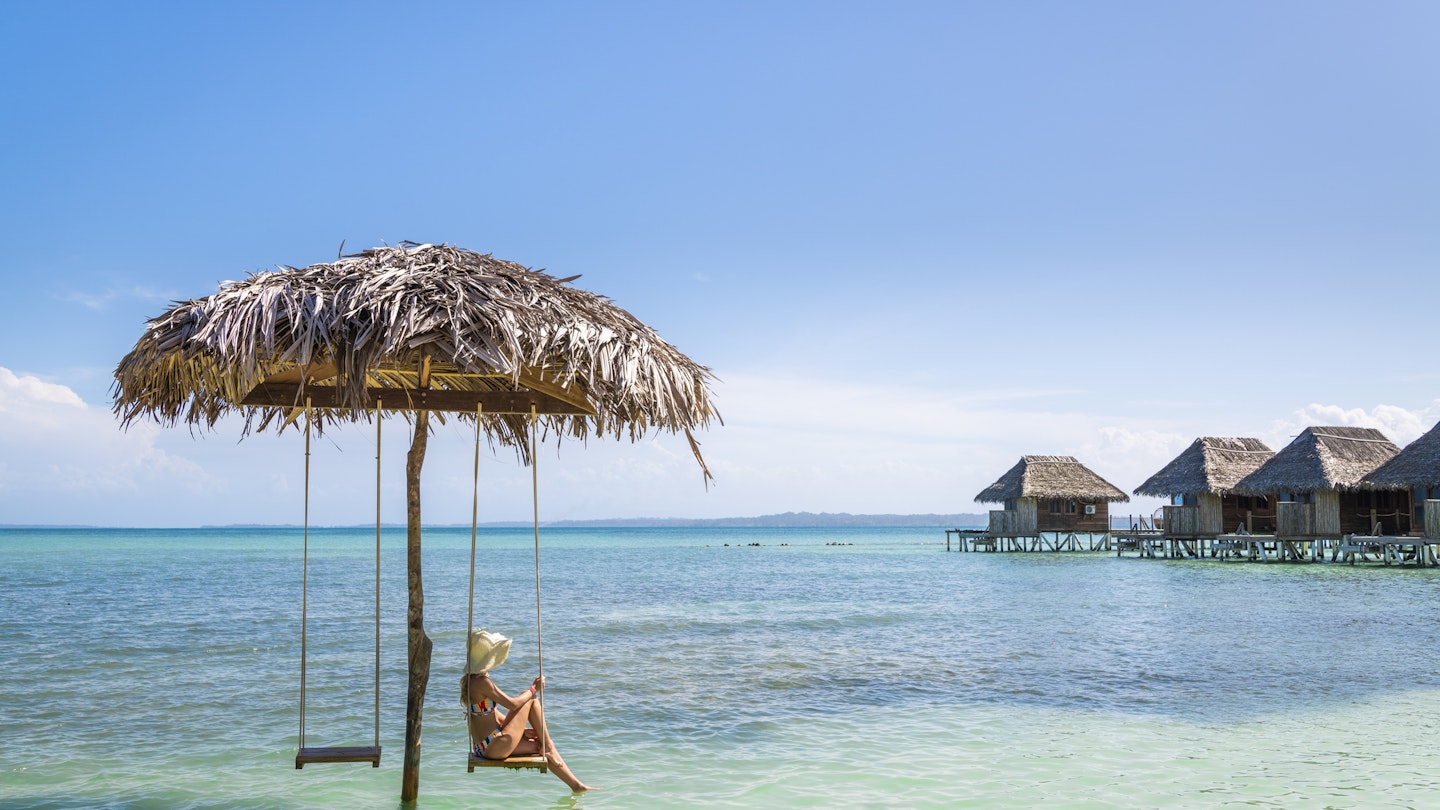With stunning islands, Indigenous cultures, lush rainforests, vibrant cities, and two incredible coasts to explore, Panama is undeniably a place to enjoy.
However, timing your visit is crucial; located just 9 degrees north of the equator and influenced by trade winds, Panama can experience tropical downpours that you should be aware of.
When to Visit Panama
The best time for travel in Panama depends on your activities. If you’re interested in relaxing on pristine beaches or trekking through rainforests, visit during the dry season from December to April.
Conversely, surfers tend to favor the rainy season from April to December, when they can catch the best waves along the coast. If you’re interested in diving or wildlife spotting, particularly for humpback whales and other marine life, the months of August and September are ideal.
Many locals note that Panama features two distinct climates: one for the Caribbean and another for the Pacific. The Caribbean Coast can be rainy throughout the year, but sunny mornings and afternoons are common. In contrast, the Pacific Coast enjoys sunny skies during the dry season, drawing numerous sun-seekers from the United States.
Do not overlook public holidays in Panama; activities can come to a standstill during significant celebrations such as Día de la Independencia in November, Easter in April, and Christmas in December. Choosing the optimal time for your visit can significantly enhance your Panama experience.

Festivals and Celebrations
Panamanians celebrate their culture enthusiastically during festivals and Christian feast days, making these holidays an exciting time to visit. Beach areas can become crowded as families flock to the coast. Ensure to arrive early to secure your spot on the sand.
Notably, visitors should plan their travel well in advance for any public holidays, as hotel prices can surge, and transport options may be fully booked weeks ahead.
The weather in Panama tends to warm up, especially from December, peaking around Easter with typical daytime highs reaching 32°C (90°F). If you plan to visit in March or April, being near the ocean or waterfalls is advisable.
March often sees continued swells for surfers on both the Caribbean and Pacific coasts. Along with Easter, the Semana Santa celebrations also feature processions and performances throughout the country. As April progresses, tourist numbers typically decline, resulting in lower prices and less competition for accommodations.
Optimal Times for Dry Weather
The prime season for visiting Panama coincides with the dry weather, although this means crowds. Beach destinations are bustling from Christmas through Easter, and many savvy travelers choose to explore both coastal and inland rainforests during this time.
It is important to note that “dry season” can be subjective across the country. While sunny weather prevails on the Pacific Coast—including Panama City—showers are still possible in highland regions and on the Caribbean Coast.
This peak season for exploring Panama encompasses hiking in Boquete and enjoying the breathtaking San Blas Archipelago; however, snorkeling visibility may be compromised due to wind conditions.

Traveling During the Rainy Season
The rainy season is the least crowded and most budget-friendly time to experience Panama. Travelers should prepare for regular rain showers, although it usually does not rain all day.
The month of May offers pleasant weather and marks the beginning of the nesting season for sea turtles along the Caribbean coast, making it an excellent time for wildlife observers.
Throughout June and July, humidity rises, and frequent rain showers, coupled with thunderstorms, occur. Despite low tourist numbers, devout celebrations take place, combining religious and local traditions.
The rainy months of August and September are particularly rewarding for surfers, especially in both the Pacific and Caribbean, offering thrilling waves alongside extraordinary marine life sightings.
It is advisable to explore strategically, as late October and early November can see excessive rainfall. High visitor numbers drop during this time, resulting in affordable rates throughout the region.
Interestingly, September and October are often drier in the Bocas del Toro area, coinciding with local seafood festivals and regional fairs that celebrate Panamanian culture.







